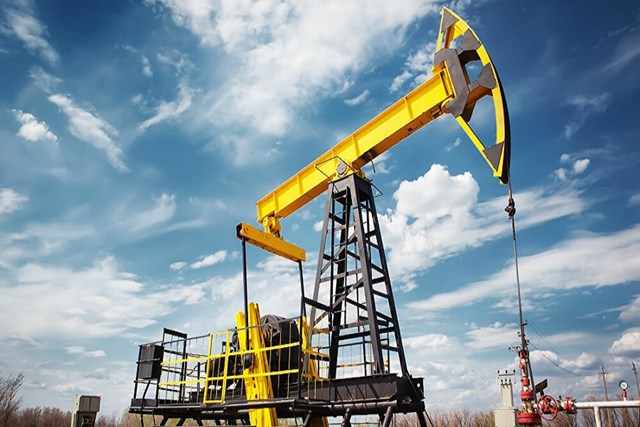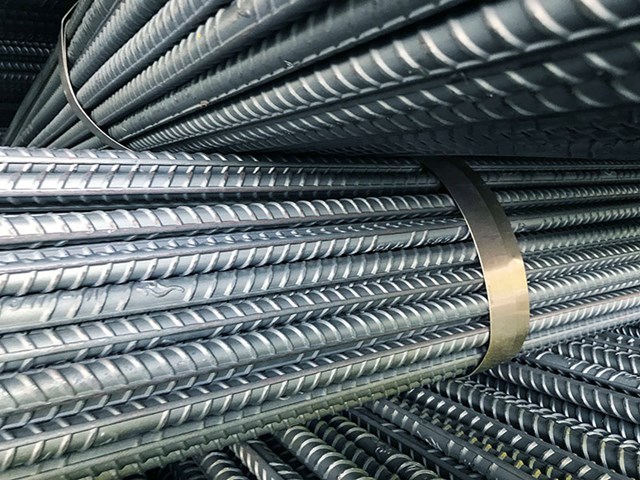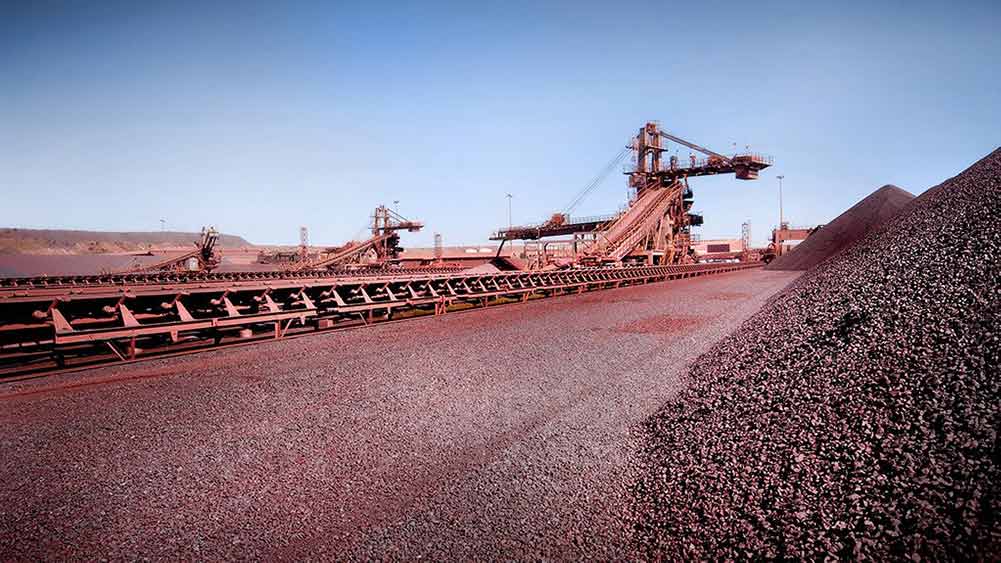The latest difficulty appears in China, a terminal at Ningbo – Zhushan port located south of Shanghai has been closed since August 11, after a worker there tested positive. counted with COVID-19. Major international shipping lines, including Maersk, Hapag-Lloyd and CMA CGM have adjusted their schedules to avoid the port and have warned customers of delays.
The partial closure of the world’s third-busiest container port is disrupting other ports in China. That situation further strained the supply chain following the June closure of Yantian Port, a Hong Kong port more than 80km to the north, after dock workers were found to be infected with COVID-19.
A mid-Augus report by market research service S&P Global Market Intelligence Panjiva said that while the partial reopening of Diem Dien port would take only a few days, it would take nearly a month for the port to reopen. normal when congestion has spilled over into other ports. The same situation will happen with Ningbo port.
That makes it difficult for retailers and consumer goods companies trying to replenish stock as we head into the crucial year-end shopping season, which typically runs from September to November.
Drewry Shipping said on August 20 that congestion at ports near Shanghai and Hong Kong was “spiking” and spreading to other parts of Asia, Europe and North America, especially the region. the West Coast of the United States.
An August 19 report by the Southern California Maritime Exchange said 36 container ships were moored off the adjacent ports of Los Angeles and Long Beach. This is the highest level since February, when 40 container ships were moored waiting for import. Normally, only one or no container ships would have to wait.
It’s not just seaports that are under pressure. Airports are receiving an ever-increasing amount of cargo as companies turn to air freight options to move their cargo. According to CEO Biesterfeld of C.H. Robinson, at some major US airports such as Chicago, the delay to sign the goods can be up to two weeks.
Transport costs continue to “gallop”
The persistent shortage of containers, the shutdown of factories due to the COVID-19 outbreak in Southeast Asia and the lingering effects of the Suez Canal blockage in March also made the supply chain situation difficult. worse response.
In the midst of that, shipping companies believe that the global supply chain will continue to be under pressure in the coming period. That would increase freight costs and could put further pressure on consumer prices.
According to data from London-based shipping consultancy Drewry Shipping, freight costs from China to North America and Europe have continued to climb over the past few months, after increasing spike at the beginning of the year.
The company’s Global Container Index shows that the total cost to ship a 40-foot container on eight major East-West routes totaled $9,613 in the week to Aug. 19, up 360% year-over-year. last year.
The biggest price increase was along the route from Shanghai to Rotterdam in the Netherlands, with the price of a 40-foot container rising 659% to $13,698. Container shipping prices on routes from Shanghai to Los Angeles and New York (USA) also skyrocketed.
Hapag-Lloyd shipping company CEO Rolf Habben Jansen said that the market situation will only ease in the first quarter of 2022 at the earliest.
Impact on retailers and consumers
The backlog of goods at ports will affect already packed warehouses, and affect the transport capacity of roads and railways. Logistics networks have been operating at full capacity for months, while truck driver shortages in the US and UK have only exacerbated supply disruptions.
Manufacturers of consumer goods are taking drastic measures to meet demand – such as changing where products are made and moving them by plane instead of by ship. But there are still companies like shoe maker Steve Madden that say their sales have suffered because there simply aren’t enough stocks.
Adidas CEO Kasper Rorsted said the sportswear company will not be able to fully meet “strong demand” in the second half of the year due to the shutdown of factories to combat the epidemic in Vietnam. although Adidas has moved some of its production to other regions.
In a recent meeting, he highlighted supply chain difficulties that have resulted in significant delivery delays and increased additional costs, especially as Adidas is taking advantage of more air freight. airline.
For consumers, supply chain congestion can mean higher prices. For example, toy maker Hasbro is raising prices to offset rising shipping and merchandise costs. According to Hasbro’s estimates, the company’s ocean freight costs are expected to be about four times higher than last year on average.
Shoppers should also be patient as delivery times will be longer than usual. Mr. Biesterfeld said if consumers choose to buy most gifts on e-commerce platforms, they need to order early because delivery times can take from four to six weeks.
T&G International Joint Stock Company
Address: 352 Hue Street, Le Dai Hanh Ward, Hai Ba Trung District, Hanoi
Hotline: 0345786803
Email: hrm@tginterjsc.com
Website: http://tginternationaljsc.com




















